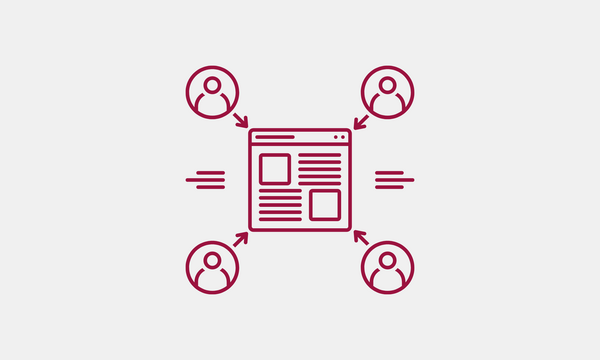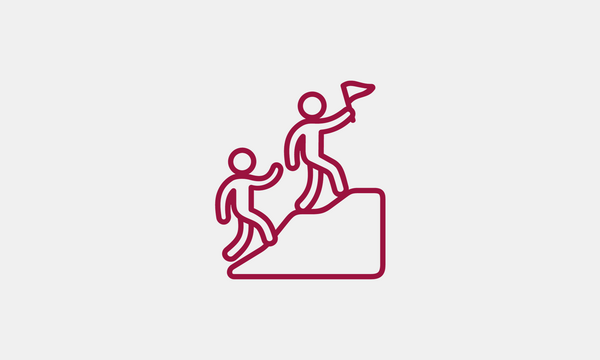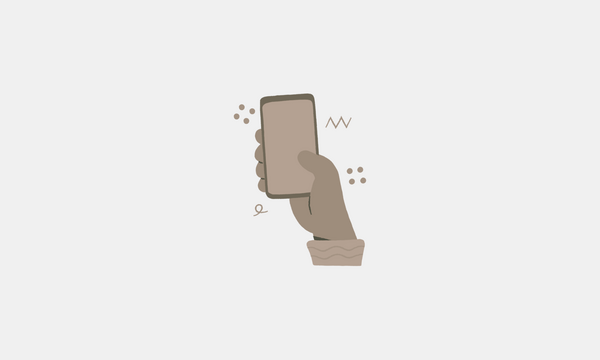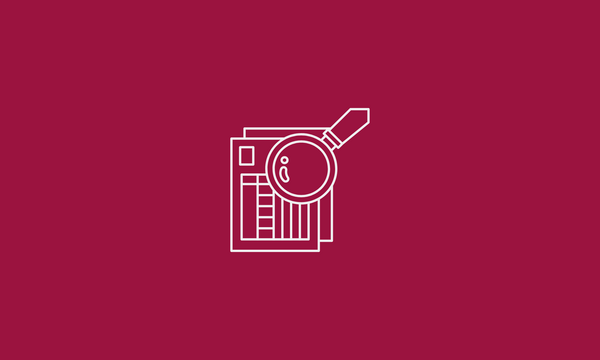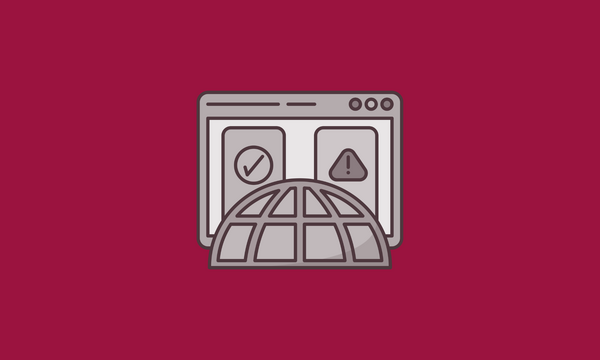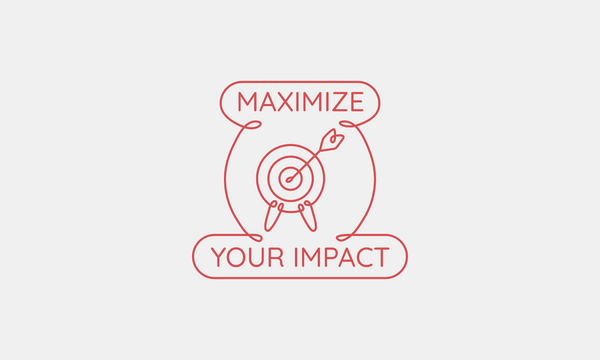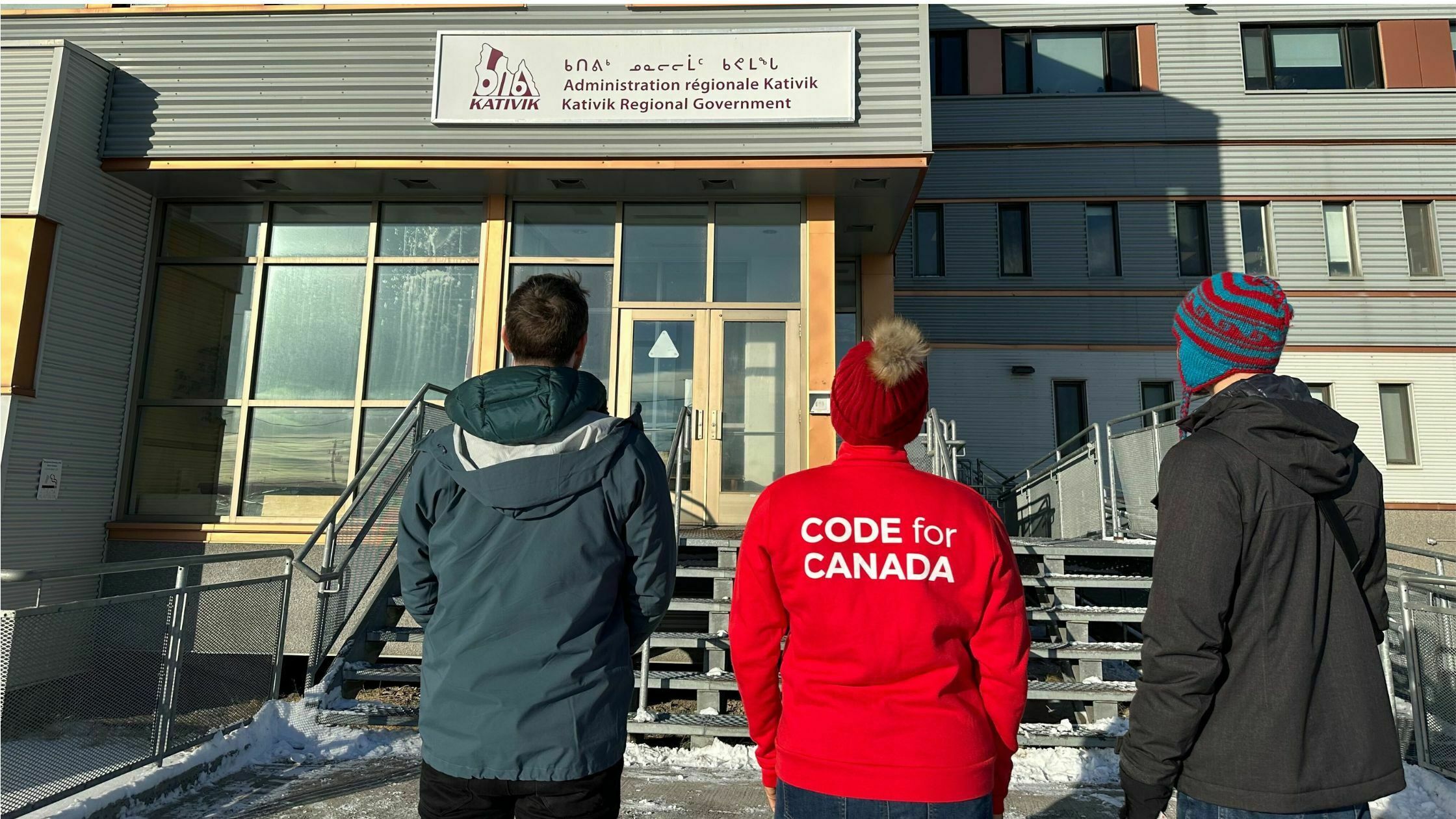
How User Research is Helping Find the Best Way to Improve a Community’s Water Access

Nis Bojin
January 18, 2024
Like the majority of people in Canada, you probably never think twice about being able to turn on a faucet and fill a cup of water. The vast amounts of water we use to flush our toilets, fill our washing machines and take our showers comes and goes almost as though it will never run out.
But what if it did run out? Several times a month?
This is reality for the Indigenous people of Kativik, a remote territory comprising 14 villages in Northern Quebec, where the ground is permanently frozen and reliably piped water remains a pipe dream.
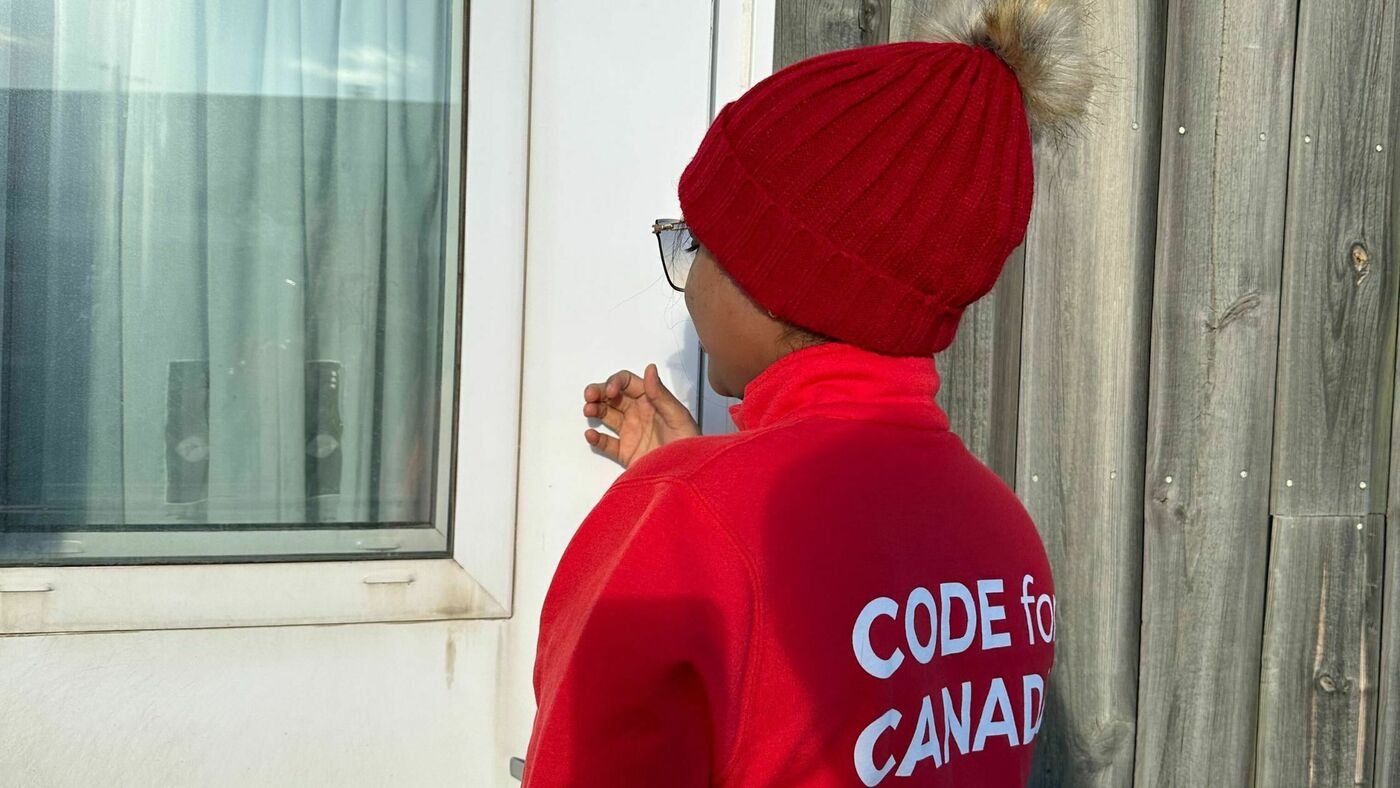
A harsh reality
For Kativik’s residents, access to water involves daily refills of tanks attached to homes and businesses via service trucks. Without an underground sewage system, similar trucks also need to come and take the wastewater away, making these two services precariously intertwined.
If water or waste service doesn’t arrive — which can happen about four to eight times a month — residents need to call for it, and they aren’t always successful. From inclement weather and a limited driver workforce to the equation, and you have a fragile supply system that doesn’t take much to disrupt.
Improving this system is now the primary challenge of Kativik’s Regional Government (KRG) — and they’ve reached out to Code for Canada for help.
Together, Code for Canada and the KRG have begun exploring a series of data-driven solutions, providing critical insights into how Kativik’s existing water system works, to make it more reliable for the residents it serves.
Unraveling the problem with user research
To better understand the problem at hand, Code for Canada sent a team of three researchers to the Kativik village of Kuujjuaq in November of 2023.
Our team began an examination of the problem with the aim to first understand before jumping to solutions. We started with user research.
We spoke to Kativik residents and service workers, collecting qualitative narratives from affected stakeholders, identifying associated pain points and discovering potential opportunities.
The team made several key observations, including:
The service request system burdens everyone — Residents take desperate measures to obtain water and waste services. When calls to the service office go unanswered, residents resort to flagging down trucks in the street, tracking down and using a dispatch radio to tap into the driver’s frequency, or even phoning the local FM radio station to amplify their calls for service to any drivers listening.
Centralizing data around water and waste requests could go a long way — With so many methods used to initiate service requests, everyone up and down the service chain is overloaded with information about which calls to prioritize and what service to render. This often means conflicts, confusion and missed or overlapping service fulfillment.
Record keeping methods are due for an upgrade — When we shadowed service call dispatchers and drivers, we realized that everything is recorded with pen and paper. This not only makes record-keeping painful, but also hinders potential service data analysis. Digitizing this process could relieve pressure along the service chain while allowing insight into the end-to-end service delivery process.
Residents and drivers are open to technological improvements — While most residents we spoke to did not express overt levels of comfort with a wide variety of digital technologies, the majority were still fully open to having technology improve their water and waste delivery service — communal buy-in is always a solid first step in exploring viable solutions.
Next steps
With these crucial insights and other findings in hand, Code for Canada and the KRG are now looking at developing tools that can help facilitate the communication of information along the service chain, simplify the service request process for residents, and make it easier for drivers to have access to clear and concise information in delivering their critical services.
Be sure to subscribe to our newsletter for the latest updates on this critical work. Inspired? Reach out about working together on something new.
End of articles list


